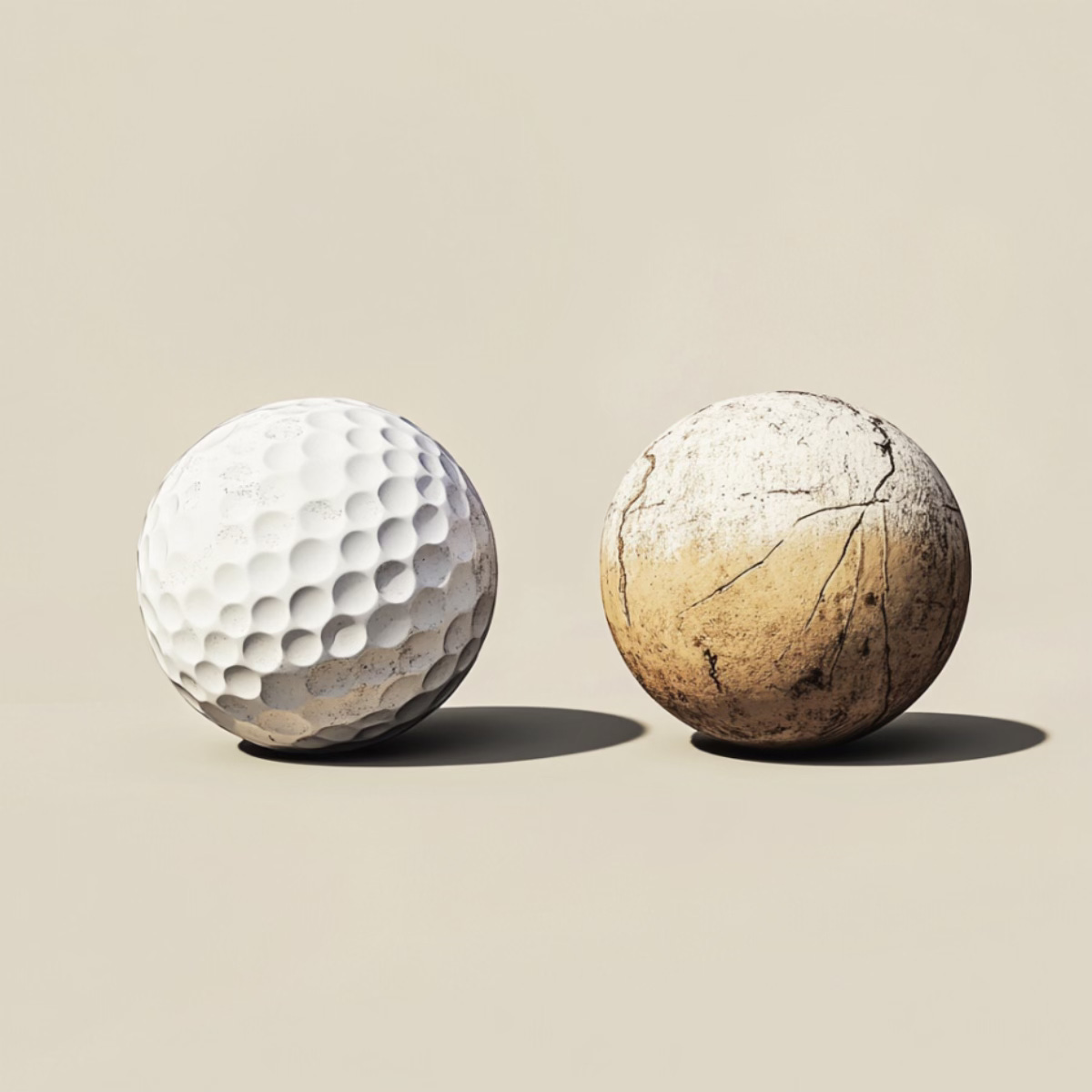Golf balls didn’t always have dimples on them.
In the 17th century, golfers teed off with smooth leather balls filled with feathers.
Expensive. Fragile. Not very aerodynamic.
Fast forward to the 19th century, and along came the gutta-percha ball (a.k.a. gutties).
Cheaper. Tougher. Still smooth.
But, here’s where it gets interesting:
Players noticed that scuffed, old balls flew farther and straighter than the shiny new ones.
So, they started scuffing them on purpose.
That discovery eventually led to dimples.
Why do they work?
- Reduced drag: Dimples lower the turbulence that forms behind the ball, allowing it to cut through the air more easily.
- More lift: They increase spin, helping the ball soar higher and farther.
In 1905, William Taylor patented the first dimpled ball.
Since then, those dimples have been fine-tuned to perfection, and most modern golf balls have between 300 and 500 dimples, all meticulously engineered.
Sometimes, progress comes from recognising what’s not working, experimenting, or even leaning into imperfections.
Those scuffs and scars we all carry? They’re actually what make us fly.
Discussion about this post
No posts






Love this. Thanks for sharing.